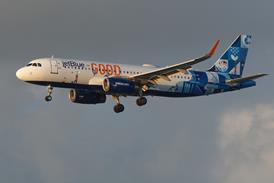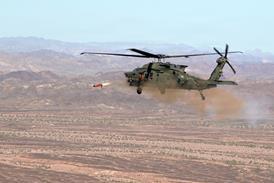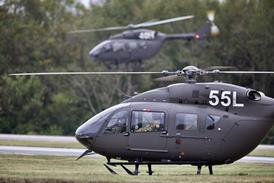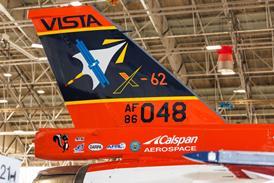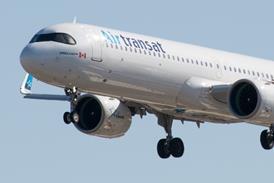FlightGlobal is the global aviation community’s primary source of news, data, insight, knowledge and expertise. We provide news, data, analytics and advisory services to connect the aviation community globally and help organisations shape their business strategies, identify new opportunities and make better decisions faster.
US Army special operations to field T901 engine on MH-60 fleet

As the US Army begins the process of integrating the latest GE Aerospace T901 turboshaft into the fleet of more than 2,300 Sikorsky UH-60 helicopters, the service’s special operations aviators say they plan to also field the new engine for their small fleet of MH-60 Black Hawks.
Keep reading this article by becoming a FlightGlobal member now
PLEASE REGISTER FOR FREE OR SIGN IN TO CONTINUE READING

You have reached your limit of free articles for this period. Register for a FREE account to read this article and benefit from:
- Increased access to online news and in-depth articles from:
- FlightGlobal Premium covering the global aviation industry
- Airline Business providing insight for business leaders
- Weekly newsletters on topics across the industry



